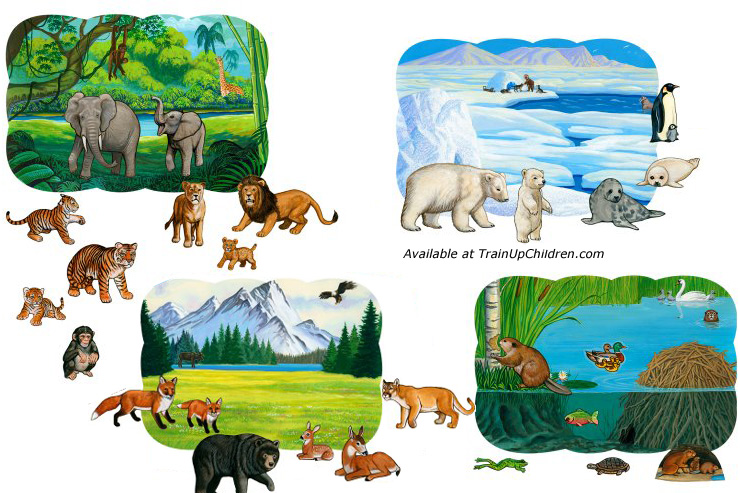| Research Report : Animal Habitats |
|
| |
|
|
|
|
|
| Teacher Name: Mrs. Wilson |
|
|
|
|
|
| Student Name: ________________________________________ |
|
|
| CATEGORY |
4 Advanced |
3 Proficient |
2 Basic |
1 Minimal |
| Organization |
Information is very organized with well-constructed paragraphs. |
Information is organized with well-constructed paragraphs. |
Information is organized, but paragraphs are not well-constructed. |
The information appears to be disorganized. |
| Graphic Organizer |
Graphic organizer or outline has been completed and shows clear, logical relationships between all topics. |
Graphic organizer or outline has been completed and shows clear, logical relationships between most topics. |
Graphic organizer or outline has been started and includes some topics. |
Graphic organizer or outline has not been attempted. |
| Quality of Information |
Information clearly relates to the main topic. It includes several supporting details and/or examples. |
Information clearly relates to the main topic. It provides 1-2 supporting details and/or examples. |
Information clearly relates to the main topic. No details and/or examples are given. |
Information has little or nothing to do with the main topic. |
| Paragraph Construction |
All paragraphs include introductory sentence, explanations, and concluding sentence. |
Most paragraphs include introductory sentence, explanations, and concluding sentence. |
Paragraphs included related information but were typically not constructed well. |
Paragraphing structure was not clear and sentences were not typically related within the paragraphs. |
|
| Date Created: Feb 05, 2016 12:07 pm (CST) |
|

